Grilling planks are a hidden gem in the world of outdoor cooking, offering a unique and flavorful method for enhancing your grilled dishes. Whether you're a seasoned grilling enthusiast or a beginner looking to elevate your culinary skills, using grilling planks can take your BBQ game to the next level. In this guide, we'll explore what grilling planks are, why they're worth using, and provide you with step-by-step instructions on how to use them effectively.
Understanding Grilling Planks
Grilling planks are thin, flat pieces of wood, typically made from cedar, maple, hickory, or oak. These planks serve as a platform for cooking food on the grill while infusing it with unique flavors and aromas from the wood itself. The process involves pre-soaking the planks in water, which not only prevents them from catching fire but also releases fragrant oils that impart a delightful taste to your dishes.
Why Use Grilling Planks?
Enhanced Flavor Profiles: Grilling planks offer an array of natural flavors that infuse into your food during the cooking process. Cedar planks provide a slightly sweet and smoky taste, while hickory offers a robust, bacon-like flavor. Choose your plank type based on the taste you want to achieve.
Moisture Retention: The soaked planks release steam during grilling, ensuring that your food remains moist and tender throughout the cooking process.
No-Fuss Cooking: Using grilling planks simplifies the grilling process by reducing the need for constant flipping and turning. The plank acts as a barrier between the flame and the food, preventing flare-ups and uneven cooking.
Step-by-Step Guide to Using Grilling Planks
- Choose Your Plank - Select a grilling plank that complements the type of food you're cooking. For example, salmon pairs well with cedar, while beef benefits from the bold flavors of oak or hickory. Check out our Best Woods for Smoking article if you need help pairing a protein with a wood flavor. - Click here to see all Lane's Grilling Planks
- Preparing the Plank - Thoroughly soak the grilling plank in water for at least 1-2 hours before grilling. This prevents the plank from catching fire and ensures a slow, controlled release of flavors.
- Preheat the Grill - Preheat your grill to medium-high heat (around 350-400°F). If using a gas grill, heat only one side to create a two-zone cooking environment.
- Seasoning and Placing the Food - Season your food as desired. Place the soaked plank on the hot grill grates for a few minutes until it starts to lightly smoke. This process not only dries the plank's surface but also releases its natural oils for enhanced flavor.
- Position the Food on the Plank - Place your seasoned food directly onto the heated side of the plank. Close the lid of the grill to allow the flavors to infuse.
- Monitoring and Flipping - Keep an eye on the food to prevent any flare-ups. Depending on the thickness of your food, it might take slightly longer to cook compared to direct grilling. You can occasionally spritz the food with a liquid of your choice (such as marinade or wine) to enhance the flavors further.
- Serving - Once your food reaches the desired level of doneness, carefully remove it from the plank using heat-resistant gloves, tongs, or a spatula. The plank itself can still be quite hot, so handle it with care. Serve your beautifully flavored, smoky dish to eager diners.

Tips and Tricks for Grilling Planks
- Experiment with different plank types and food combinations to find your favorite flavor profiles.
- Consider marinating your food before grilling to enhance the flavor infusion.
- For an extra layer of flavor, place fresh herbs, citrus slices, or spices between the food and the plank.
- Get creative with desserts – try grilling fruits like peaches or pineapple on planks for a delightful treat.


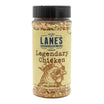
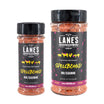
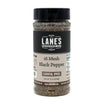
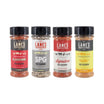

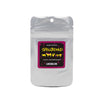
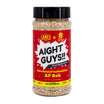
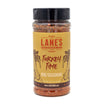
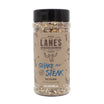
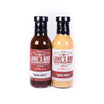
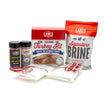

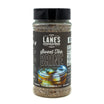
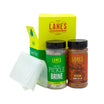
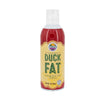
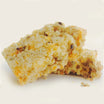
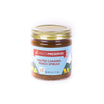






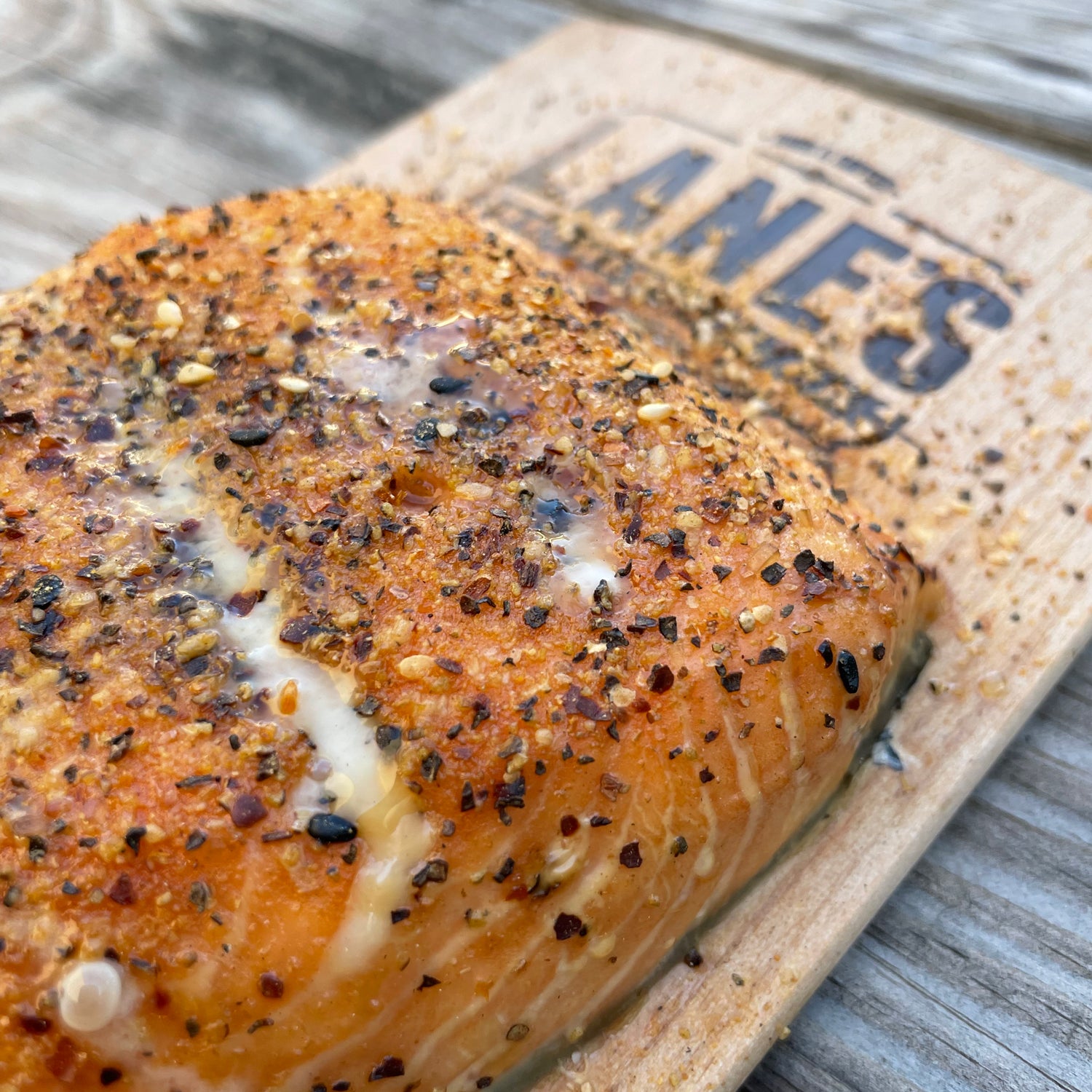
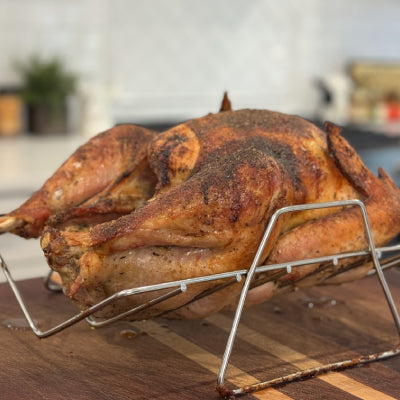
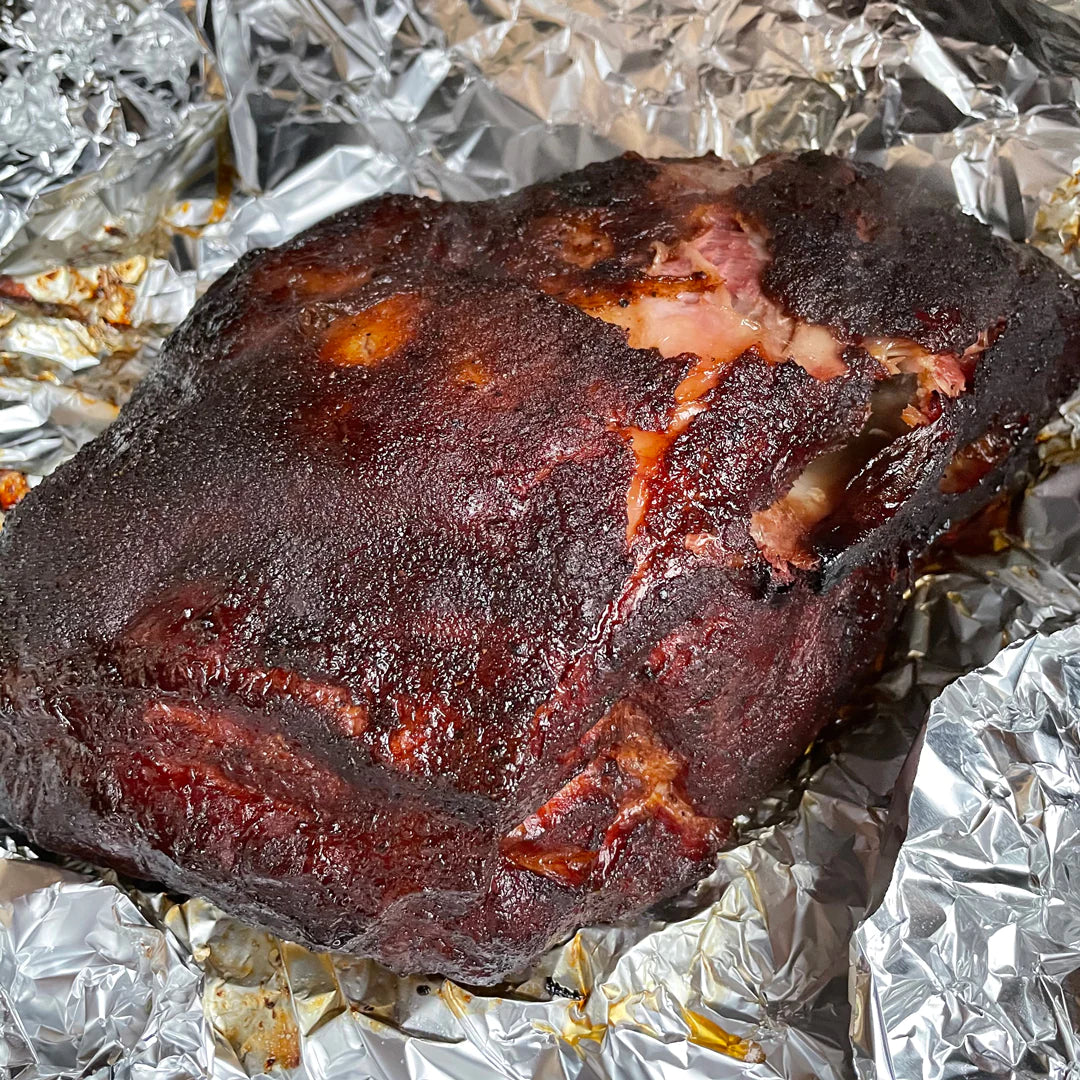


Leave a comment
All comments are moderated before being published.
This site is protected by hCaptcha and the hCaptcha Privacy Policy and Terms of Service apply.